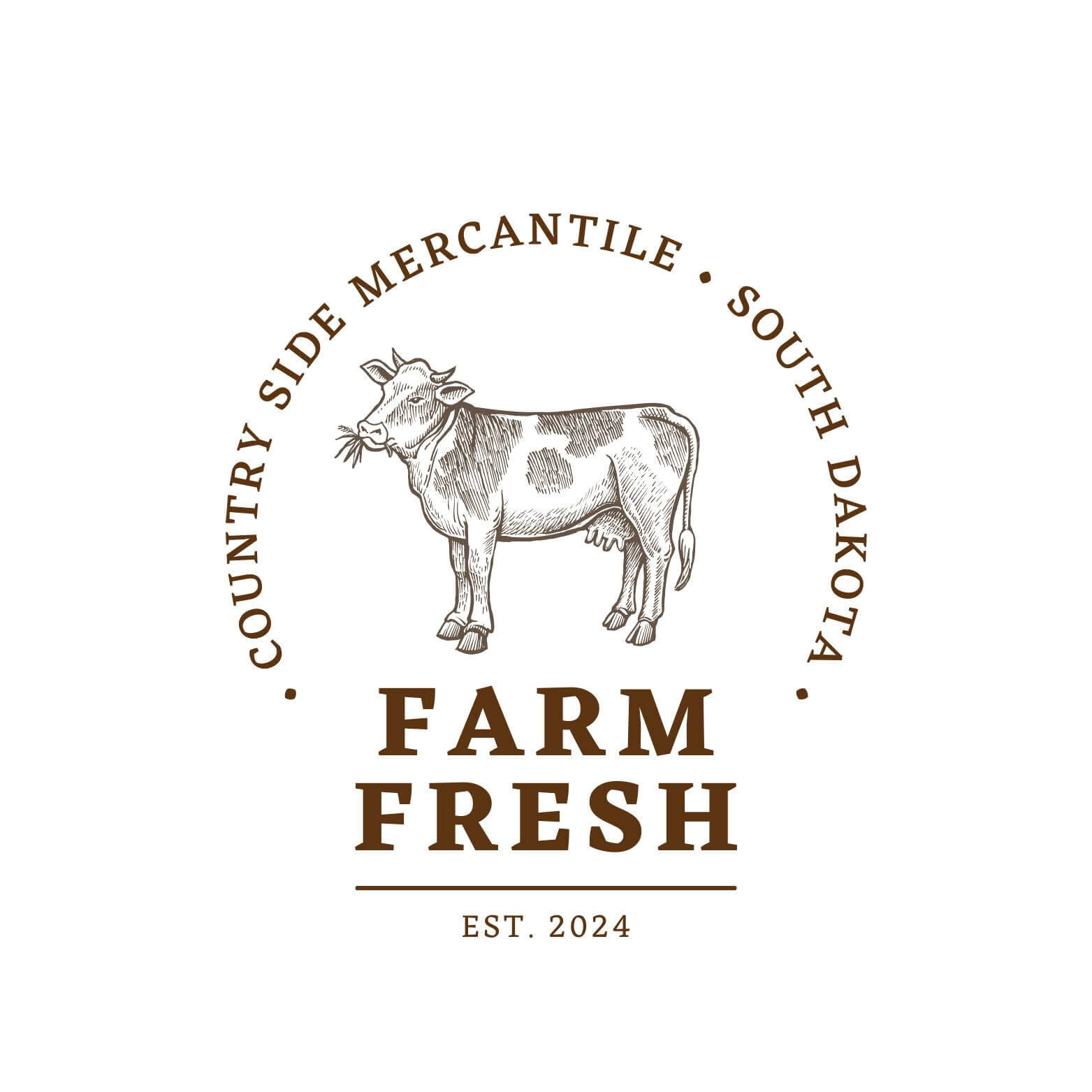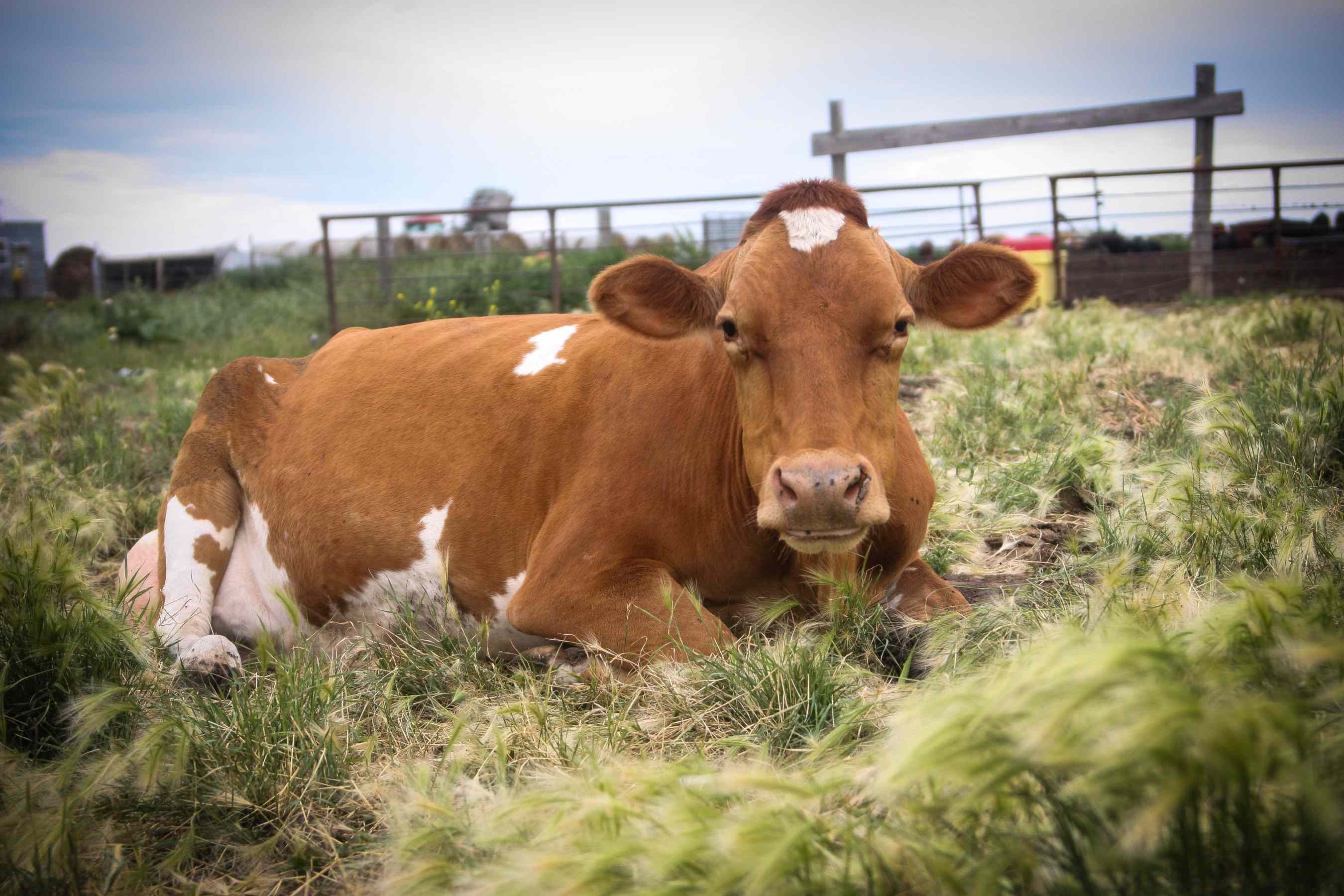Let’s Talk About Freshness: Why Raw Milk Isn’t Meant to Last Forever
Raw milk is a living, fresh food, not meant to sit in the fridge for months like processed dairy. Just like fresh raspberries, it’s natural for raw milk to change over time. When it starts to sour after a week or two, that doesn’t mean it’s “bad”—it’s simply evolving as nature intended. Unlike pasteurized milk, which spoils and molds, raw milk ferments safely thanks to its natural enzymes and beneficial bacteria. This souring process can even create delicious new products like clabbered milk, sour cream, or homemade cheese. To enjoy it at its best, drink raw milk within 7–10 days of purchase and store it properly: Keep it in the coldest part of the fridge (not the door). Always seal the lid tightly to slow souring. Avoid transferring it into new containers to prevent contamination. Raw milk doesn’t “expire”—it transforms. Embrace its freshness, flavor, and life-giving qualities by enjoying it close to the source—straight from the farm, the way nature intended.






